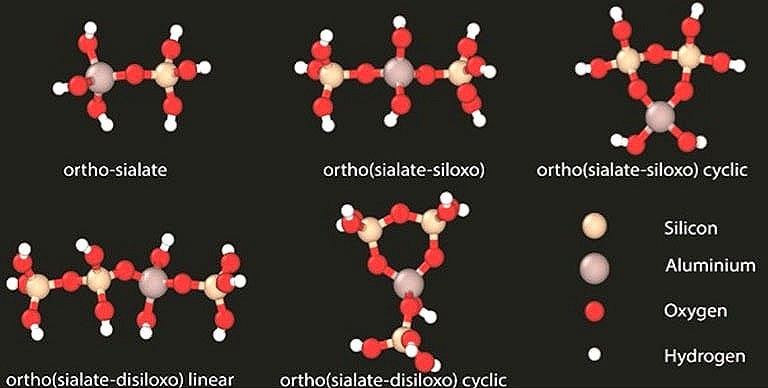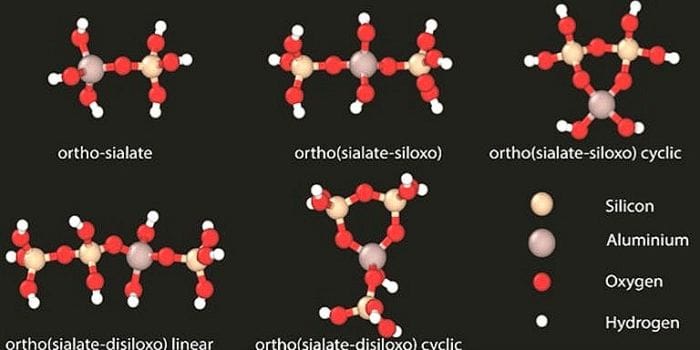Dr. Seid Koric, Technical Director for Economic and Societal Impact at the National Center for Supercomputing Applications (NCSA) and Research Associate Professor in the Department of Mechanical Science and Engineering at the University of Illinois teamed up with NCSA Faculty Fellow and PI, Professor Ange-Therese Akono, geopolymers expert Professor Waltraud “Trudy” Kriven and NCSA research scientist Dr. Erman Guleryuz. Their goal is to understand the impact of nanoporosity on stiffness and strength of geopolymers via molecular dynamics and finite element modeling. They set out to use finite element analysis and molecular dynamics at extreme scales to investigate the processing microstructure properties relationships in geopolymer matrix from the nanometer length scale up to the macroscopic length-scale using numerical modeling from results of multi-scale experiments using NCSA’s Blue Waters supercomputer.

“We want to understand the basic behavior of the geopolymer matrix,” said Akono, “and we needed a supercomputer to carry it out and measure the response of a material from nano to macro level. Blue Waters provided great resources to bridge the gap with computing power.”
They used Blue Waters to produce a 3D framework that can be used to design strong geopolymer composites with a wide range of application including advanced ceramics, fire- and corrosion-resistant coatings and thermal barrier coatings, low-emitting materials…
For more details see at NCSA supercomputer and Geopolymer.
and also in this Geopolymer Institute site at page Oligomer Units detected by NMR-Spectroscopy.


